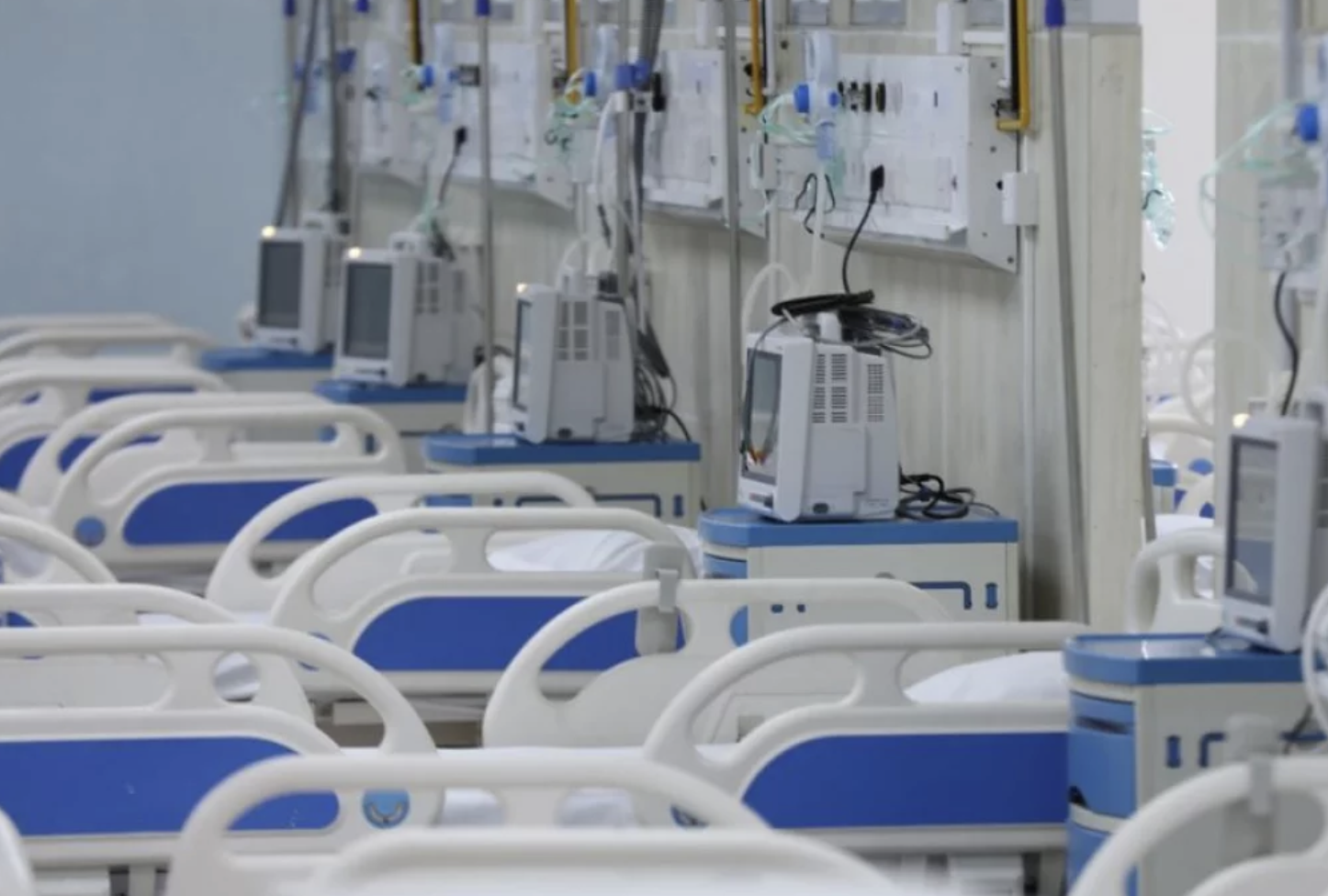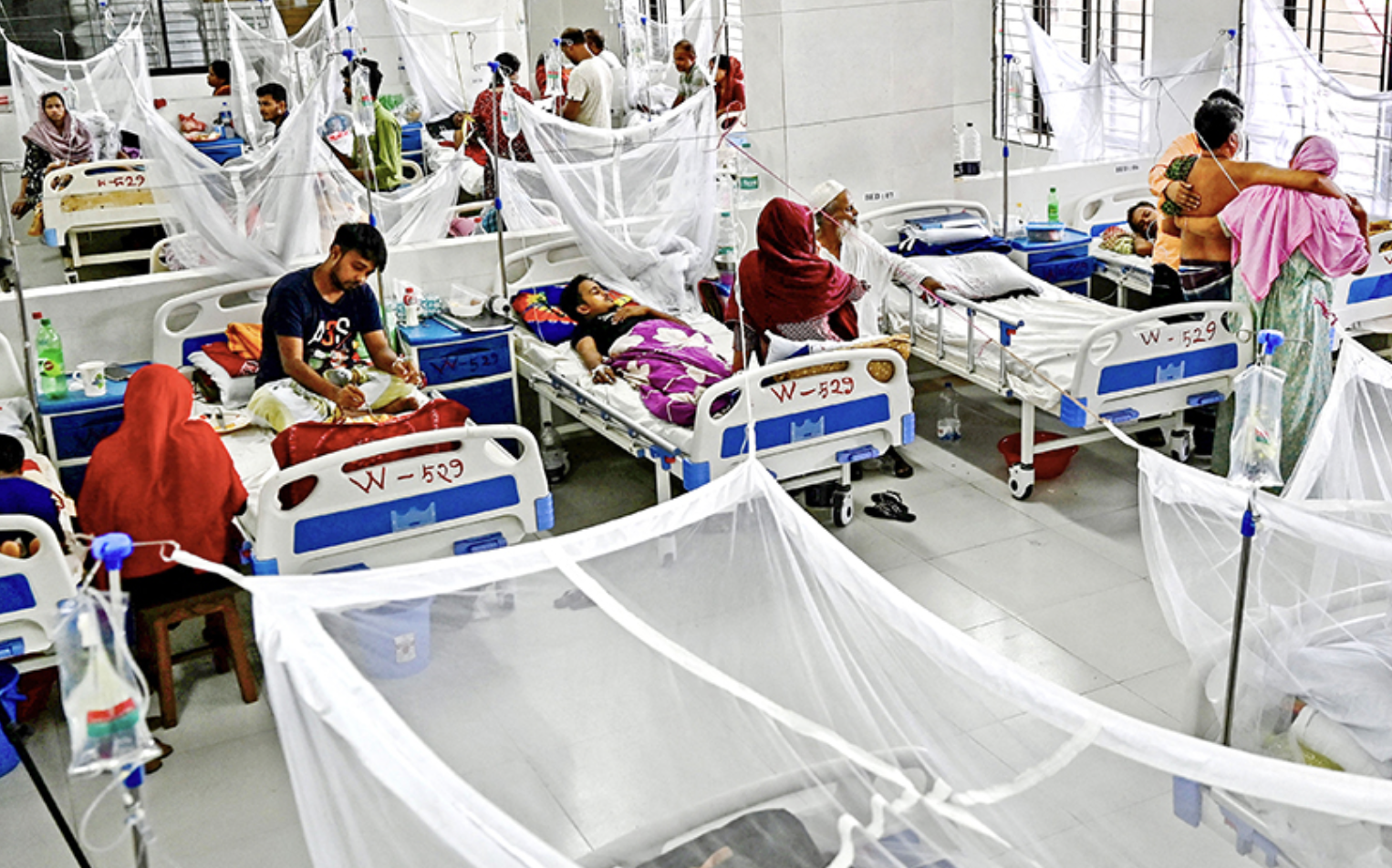Since ratification of Bangladesh’s first constitution in 1972, the government of Bangladesh has prioritized improving health care and nutrition. The government sees the state as having the primary responsibility for the provision of health services and sees these services as a basic necessity.
Low government investment in public facilities, some user charges and payments for medicines, and high use of the private sector have resulted in significant inequity in access to services.
Bangladesh has a multipronged health system with four key actors: government, private sector, nongovernmental organizations (NGOs), and donor agencies. The government is responsible for policy, regulation, and provision of comprehensive health services. The private sector and NGOs, supported by donors, provide health and family planning services to complement the government’s capacity and resources. Private facilities have filled most of the shortfall, which has resulted in OOP payments comprising a large share of CHE, and hence limited financial protection for the population.
References
[1] World Health Organization, Global Health Expenditure Database – select indicator



